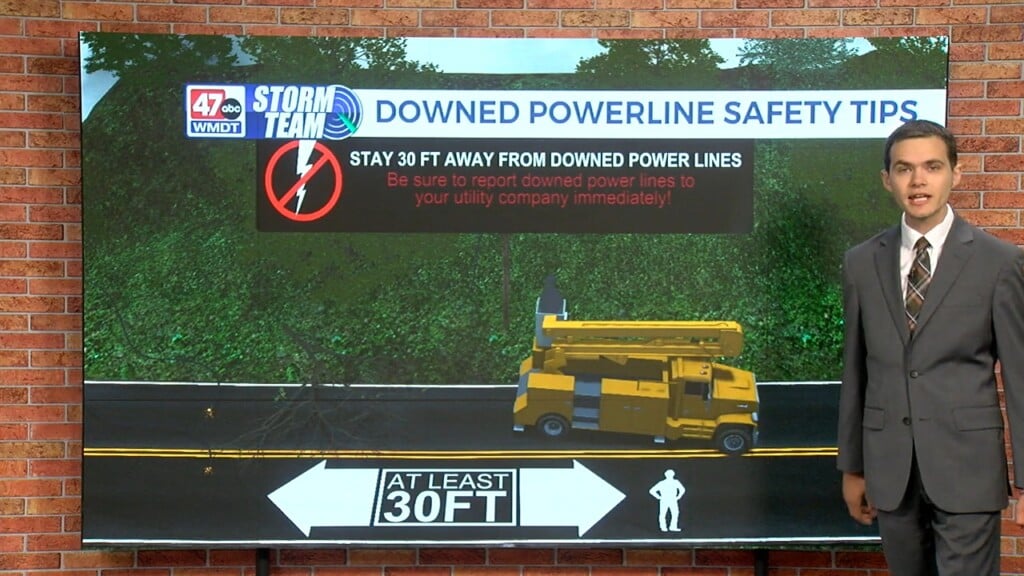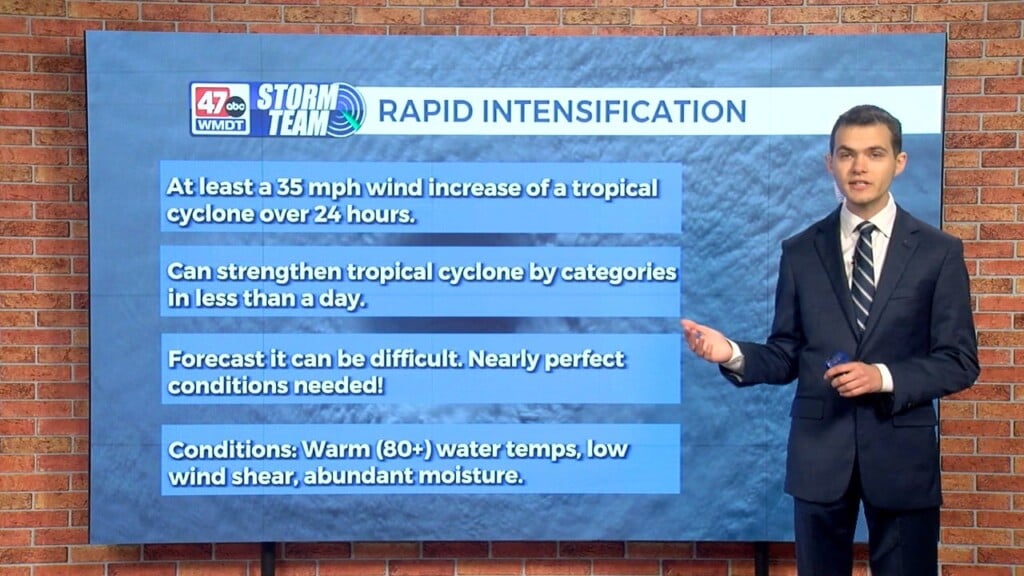Weather Tidbits: Temperature Inversions & Surface Pollutants
This edition of Weather Tidbits will be discussing how atmospheric temperature profiles, and how a temperature inversion can trap pollutants near the surface. Smog is an example of these pollutants. Under normal conditions, the air is warmest at the surface and gradually becomes cooler with altitude. Under this scenario, pollutants can escape the boundary layer since air rises as long as the surrounding air is cooler. However, if a temperature inversion is in place, rising air reaches the warmer air and cannot rise any further. This causes any pollutants, like smoke for example, to remain trapped near the surface. One can think of a temperature inversion as an atmospheric cap. Pollutants under this temperature inversion reduce air quality and visibility if thick enough.


